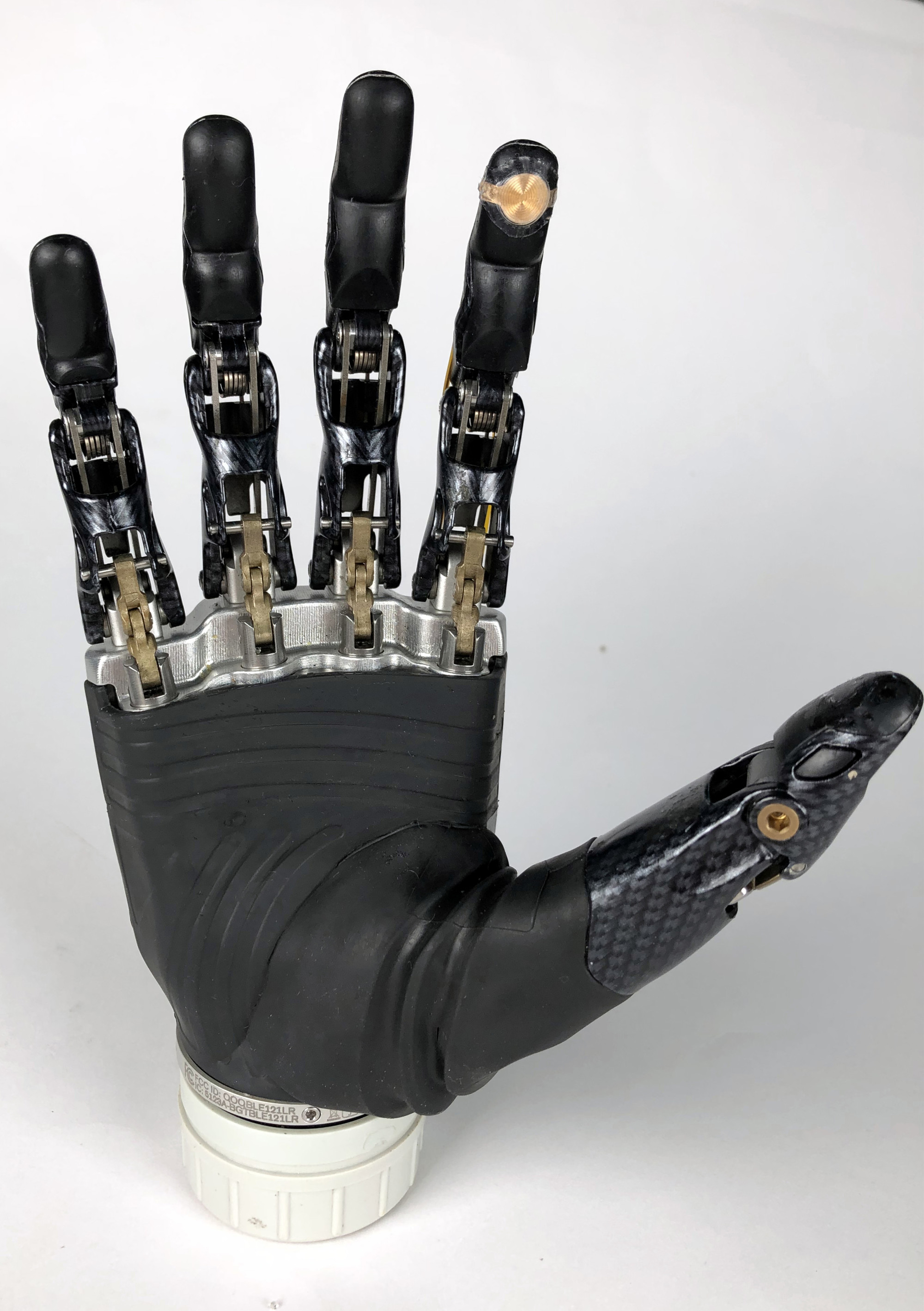
Chinese scientists create machine fingers that touch and feel like human hands
- A new sensor that mimics a human fingertip can tell users what texture they are touching in real time
- Eventually, scientists hope to take it to the next level and allow people with prostheses to feel what the sensor detects
“Such a system is expected to promote the sensing technologies of robotics and prosthetics, and is potentially useful for the sensory recovery of patients wearing artificial prostheses, haptics-based virtual reality and consumer electronics,” the researchers said.
The sensor is attached to the fingertip of a prosthetic hand. When it slides on various textiles, the signal is sent to a computer and analysed by a machine learning method. Currently, the recognition result is shown on a screen.

In the new study, the team has developed a sensor that detects both static pressure and high-frequency vibrations. The researchers said this single-sensor system was more simple and robust than existing ones that required two sensors integrated with two sets of data acquisition systems.
Lead author Guo Chuanfei, a professor at SUSTech’s department of materials science and engineering, said that to take the technology to the next level, the team was working on ways allow people with prosthetic limbs to feel what the sensor detects.
“Transmitting electrical signals to the brain through nerves is still rather technologically challenging,” Guo said.
“We, therefore, turn to transmitting the signals to skin on other parts of the body such as the upper arm or chest, which then allows the brain to process the information.”
Guo also said the project was an example of cross-disciplinary research involving AI, materials science and robotics.

